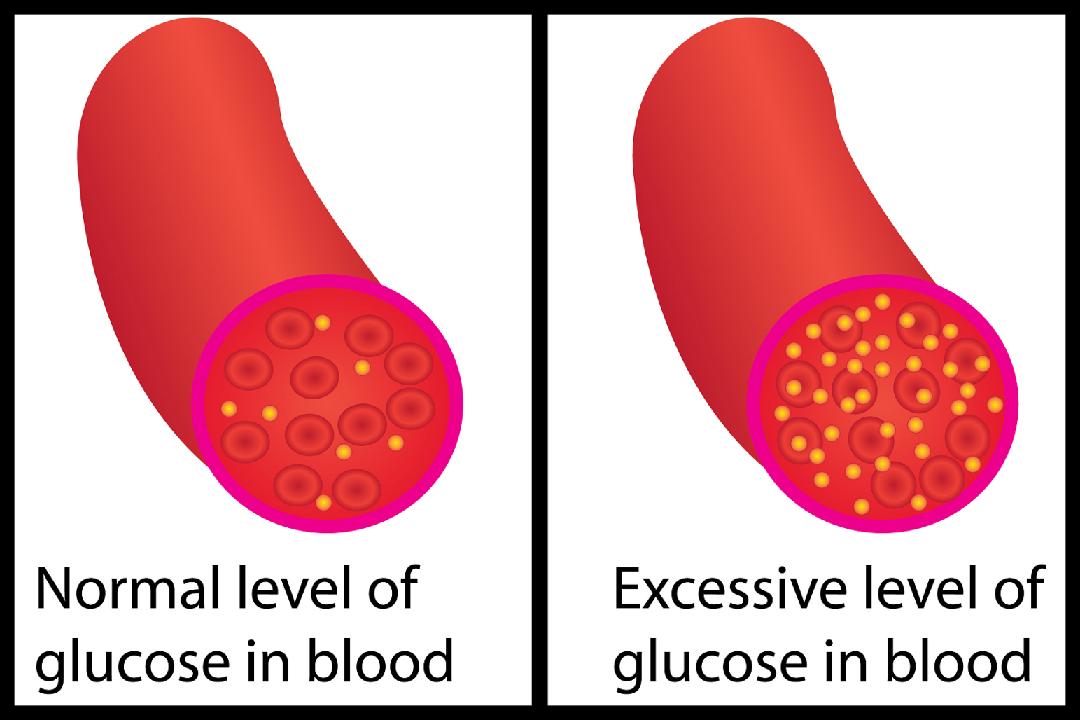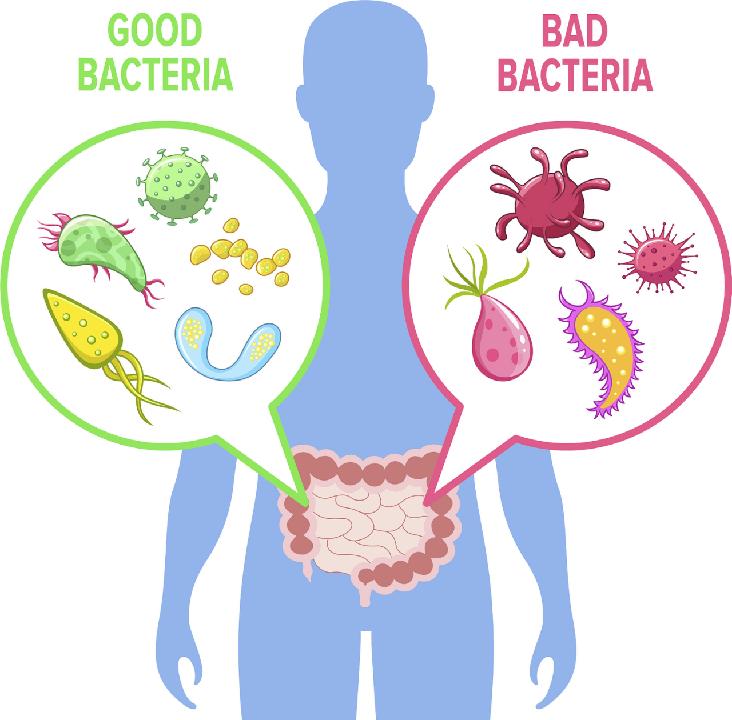The Japan Consumer Agency approved 161 functional label foods in the first quarter of 2023, bringing the total number of functional label foods approved to 6,658. Food Research Institute made a statistical summary of these 161 items of food, and analyzed the current hot application scenarios, hot ingredients and emerging ingredients in the Japanese market.
1.Functional materials for popular scenes and different scenes
The 161 functional labeling foods declared in Japan in the first quarter mainly covered the following 15 application scenarios, among which the control of blood glucose rise, intestinal health and weight loss were the three most concerned scenarios in the Japanese market.
There are two main ways to inhibit the elevated blood sugar:
one is to inhibit the increase of fasting blood sugar; the other is to inhibit the increase of postprandial blood sugar. Corosolic acid from banana leaves, proanthocyanidins from acacia bark, 5-aminolevulinic acid phosphate (ALA) can reduce high fasting blood glucose levels in healthy individuals; water-soluble dietary fiber from okra, dietary fiber from tomato, barley β-glucan and mulberry leaf extract (containing imino sugar) have the effect of inhibiting the increase of blood sugar level after meals.
In terms of intestinal health, the main ingredients used are dietary fiber and probiotics. Dietary fibers mainly include galactooligosaccharide, fructose oligosaccharide, inulin, resistant dextrin, etc., which can adjust gastrointestinal conditions and improve intestinal peristalsis. Probiotics (mainly Bacillus coagulans SANK70258 and Lactobacillus plantarum SN13T) can increase intestinal Bifidobacteria can improve intestinal environment and relieve constipation.
In terms of weight loss, black ginger polymethoxyl flavone is still the star raw material in the Japanese weight loss market in the first quarter of 2023. <b>Black ginger polymethoxyflavone can promote fat consumption for energy metabolism in daily activities, and has the effect of reducing abdominal fat (visceral fat and subcutaneous fat) in people with high BMI (23<BMI<30).</b> In addition, the use of ellagic acid is second only to black ginger polymethoxylated flavone, which helps to reduce body weight, body fat, blood triglycerides, visceral fat and waist circumference in obese people, and helps to improve high BMI values.
2.Three popular raw materials
(1) GABA
As in 2022, GABA remains a popular raw material favored by Japanese companies. The application scenarios of GABA are also constantly enriched. In addition to relieving stress, fatigue and improving sleep, GABA is also applied in multiple scenarios such as bone and joint health, lowering blood pressure, and improving memory function.
GABA (γ-aminobutyric acid), also known as aminobutyric acid, is a natural amino acid that is not composed of proteins. GABA is widely distributed in the seeds, rhizomes and interstitial fluids of plants of the genus Bean, ginseng, and Chinese herbal medicine. It is a major inhibitory neurotransmitter in the mammalian central nervous system; It plays an important role in the ganglion and cerebellum, and has a regulatory effect on various functions of the body.
According to Mintel GNPD, in the past five years (2017.10-2022.9), the proportion of GABA-containing products in the food, beverage and health care products category has increased from 16.8% to 24.0%. During the same period, among the global GABA-containing products, Japan, China and the United States accounted for 57.6%, 15.6% and 10.3% respectively.
(2) Dietary fiber
Dietary fiber refers to carbohydrate polymers that exist naturally in plants, are extracted from plants or directly synthesized with a degree of polymerization ≥ 3, are edible, cannot be digested and absorbed by the small intestine of the human body, and have health significance for the human body.
Dietary fiber has certain health effects on the human body, such as regulating intestinal health, improving intestinal peristalsis, improving constipation, inhibiting blood sugar rise, and inhibiting fat absorption. The World Health Organization recommends that the daily intake of dietary fiber for adults is 25-35 grams. At the same time, the “Dietary Guidelines for Chinese Residents 2016″ recommends that the daily intake of dietary fiber for adults is 25-30 grams. However, judging from the current data, the dietary fiber intake in all regions of the world is basically lower than the recommended level, and Japan is no exception. The data shows that the average daily intake of Japanese adults is 14.5 grams.
Intestinal health has always been the main focus of the Japanese market. In addition to probiotics, the raw materials used are dietary fiber. The dietary fibers used mainly include fructooligosaccharides, galactooligosaccharides, isomaltooligosaccharides, guar gum decomposition products, inulin, resistant dextrin and isomaltodextrin, and these dietary fibers also belong to the category of prebiotics.
In addition, the Japanese market has also developed some emerging dietary fibers, such as tomato dietary fiber and okra water-soluble dietary fiber, which are used in foods that lower blood sugar and inhibit fat absorption.
(3) Ceramide
The popular oral beauty raw material in the Japanese market is not the popular hyaluronic acid, but ceramide. Ceramides come from a variety of sources, including pineapple, rice, and konjac. Among the products with skin care functions declared in Japan in the first quarter of 2023, only one of the main ceramides used comes from konjac, and the rest come from pineapple.
Ceramide, also known as sphingolipids, is a kind of sphingolipids composed of sphingosine long-chain bases and fatty acids. The molecule is composed of a sphingosine molecule and a fatty acid molecule, and belongs to the lipid family a member of The main function of ceramide is to lock the skin moisture and improve the skin barrier function. In addition, ceramides can also resist skin aging and reduce skin desquamation.
Post time: May-16-2023










